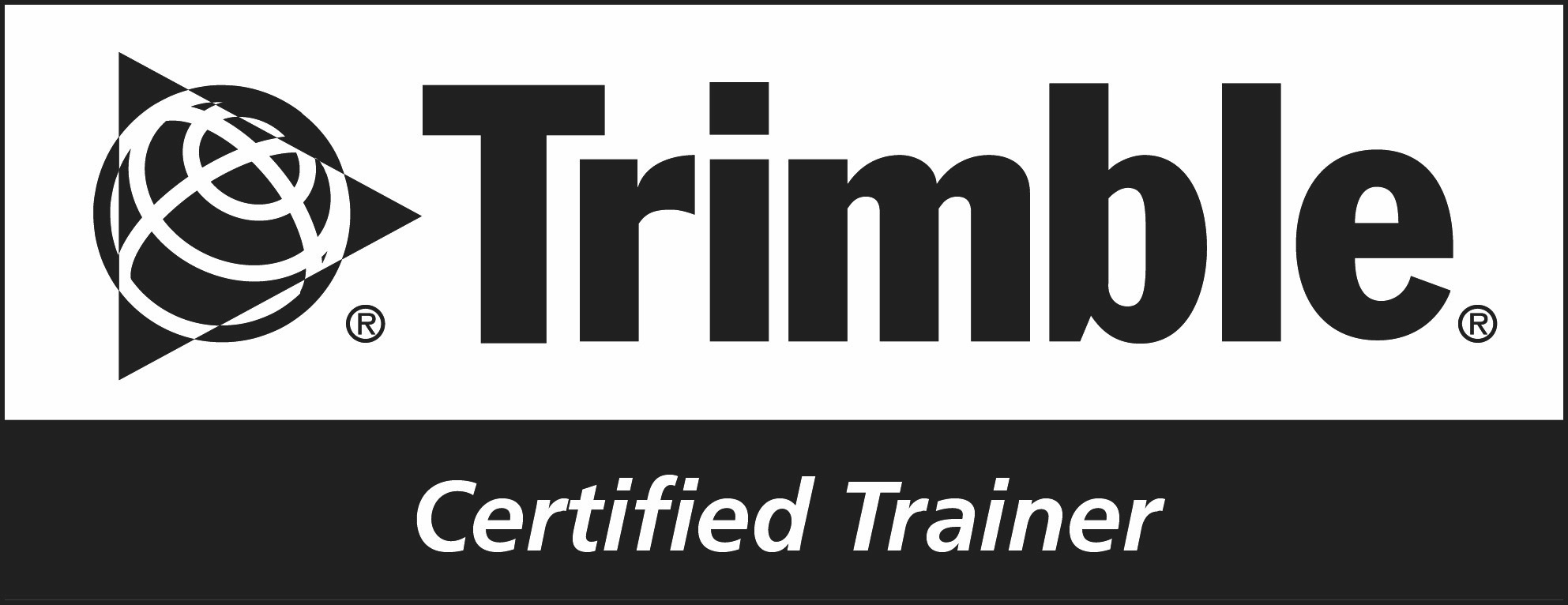BIM Reduces the Construction Costs of COWI
Lack of skills in the Danish construction industry
The most recent figures from the Arbitration Board show that there were on average more than 480 arbitration proceedings per year in Denmark. According to COWI’s Quantity Surveyor Ross Griffin, 42% more construction projects are litigated in Denmark than in England. In his view, this is due to a lack of skills in the Danish construction industry in terms of Quantity Surveying and Cost Estimation – two disciplines which are grouped together under the collective term Commercial Management. At COWI, we’ve chosen to employ Cost Managers/Quantity Surveyors – employees who are trained only to handle finances and incorporate changes in the construction project into the budget.
Finances often end at the architect’s or engineer’s table
Ross Griffen is educated at the University of Reading in England. He has 16 years of experience in working with quantities and calculations in the construction industry and has been a COWI Quantity Surveyor for 4 years. Neither Quantity Surveying nor Cost Estimation constitute disciplines we know in Denmark. In several countries, such as England, however, this is an independent education in construction. Denmark is lagging behind, thinks Ross. He tells:
In Denmark, there is a tradition that, as a rule, architects or engineers, parallel to design development, make the economy and contract terms of projects. It is necessary that committed employees deal with these issues. I think the construction industry can benefit greatly from Quantity Surveyors.
Ross Griffin, Chief Specialist
Competences must already be developed at school
In England, construction is divided into three disciplines: cost, time planning and design. We should concentrate more on these departments at home. The new generations in the construction industry should learn this way of working already at school. In addition, technological tools need to be used more to bring the industry into the 21st century and improve the quality of construction.
Within three years, COWI has hired 15 Cost Managers. They are responsible for controlling finances and ensuring that the inevitable changes in the construction process do not overthrow the budget. Of the 15 managers, 12 are from abroad. This is clear evidence that Denmark lags behind in the training required in financial management in the construction sector. Ross tells:
All projects in COWI have a Cost Manager associated with them, including the use of BIM technologies to track and reduce costs. BIM increases the quality of projects and automates many processes. That’s worth gold if you want to stick to the budget.
Ross Griffin, Chief Specialist
Owners buy the concept
COWI is currently working with a large Danish owner, who previously purchased the cost estimation service overseas. Denmark needs to focus more on this discipline – just like the rest of the world. Otherwise we can not follow. If we do not make an effort in this area, we will be knocked out of the game in terms of international recognition and competition.
COWI has also learned that more and more contractors are coming back and buying this service because, like COWI itself, they feel confident about the value of BIM and Cost Managers.
BIM can dramatically improve the quality of the final product by making the foundation for the construction more visible and allowing errors to be found before the construction process begins. There are fewer unknown factors in the project, reducing risk of the construction process and significantly improving productivity.
Ross Griffin, Chief Specialist
Automation with Vico Office
Not only does Ross want to improve project quality and productivity with BIM, but also collect data to automate and accelerate many manual processes. He says:
“In the construction industry, there are a lot of manual processes where we keep doing the same thing over and over again. Despite a lot of repetition we still start from the beginning – for example with offer lists. It may well be that we are copying the latest offer list, but there is a lot of manual work to adapt it to the new project, which is not only a waste of time, but also involves a high risk of manual errors. It is necessary to automate. We have to create templates and standards instead of starting from scratch each time. And then we have to learn from our mistakes. We need to create checklists that correct the typical mistakes so that we can get around them the next time. We need to collect, systematize and analyze historical data so that data and experiences do not disappear in the minds of individual project managers. That will improve the quality and productivity of construction in the future.”
At COWI, they use the Vico Office BIM tool – and this tool helps them reuse calculations and other project structures from project to project. It’s intended to save previous calculations in Vico Office to link them to new projects that are somewhat similar to a previous project.
Vico Office reduces time and improves quality
Ross says that they use Vico Office at COWI because it gives them opportunities within 4D and 5D.
Here, you can read more about 4D scheduling and resource management and 5D financial management.
They use the 5D possibilities to carry out and establish calculations in the planning phases, as well as to create offer lists in the tendering phase. The calculation is automatically updated when a revised 3D model is uploaded from Revit, for example, and becomes more and more detailed along with the 3D model. Ross tells:
Using Vico Office can save us some of the repetitive manual tasks we would otherwise have had to do to create these documents, e.g. offer lists. We also use 4D location-based planning to develop a detailed schedule and manage execution. We believe that the software reduces the time required and increases the quality of our project material.
Ross Griffin, Chief Specialist
Firm: COWI
Web: www.cowi.dk
Industry: Consulting Firm
Size: Ca. 6.600 employees
Why Vico Office?
- Effective preparation of calculations
- Reduces time and improves quality
- Reduces manual work






